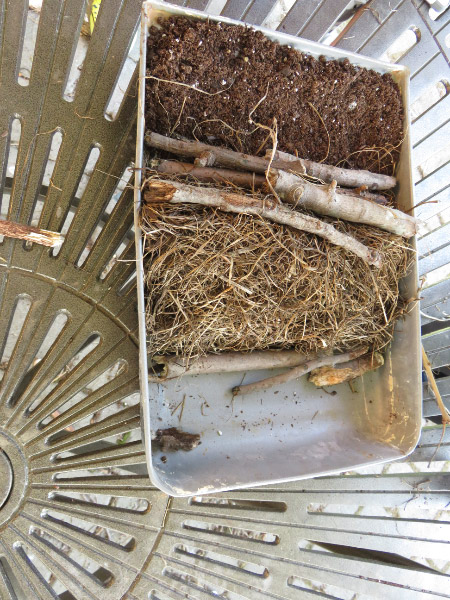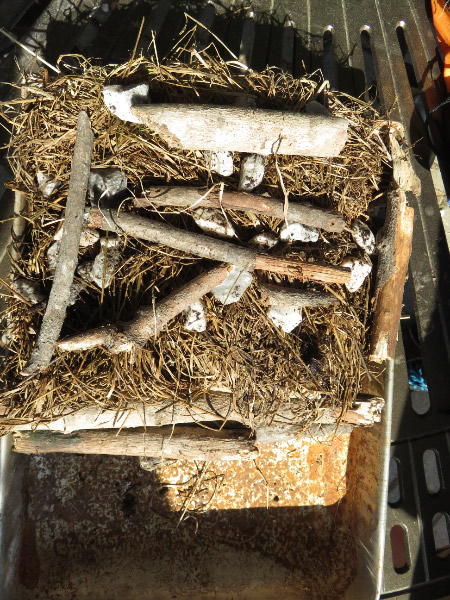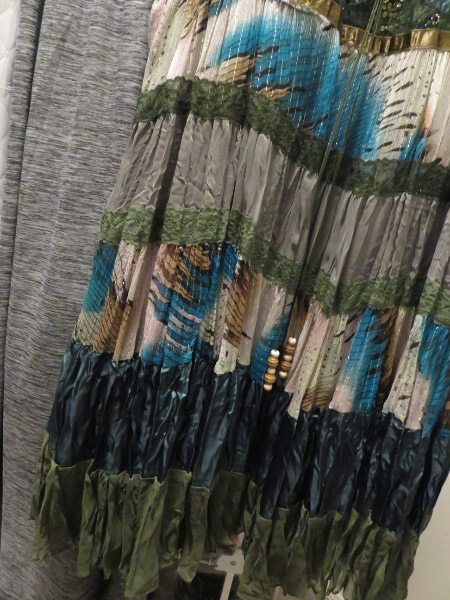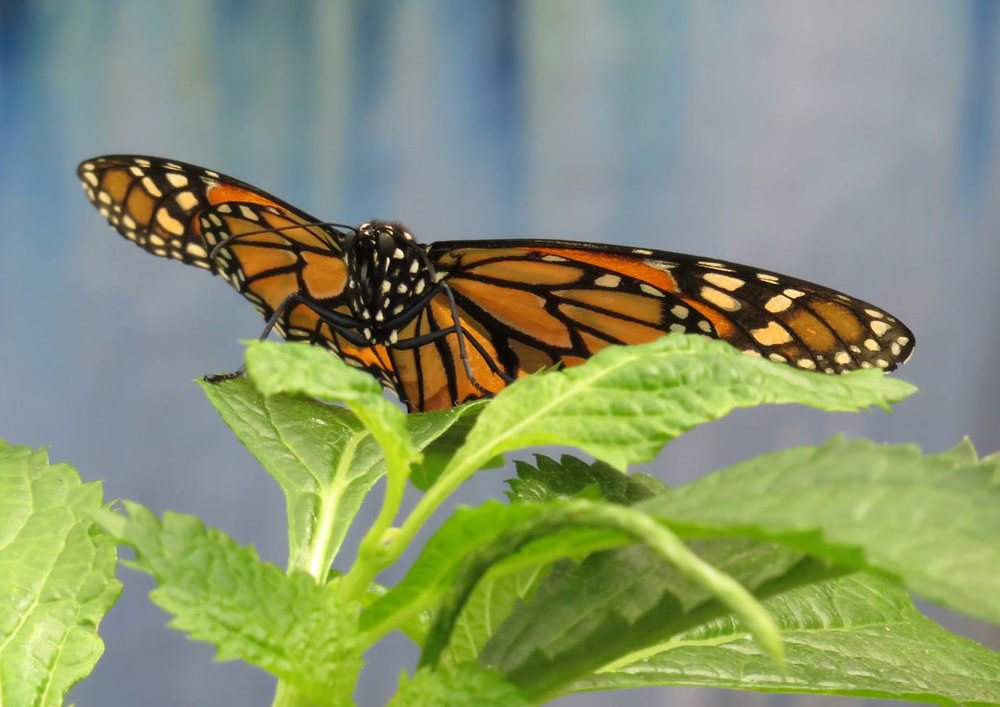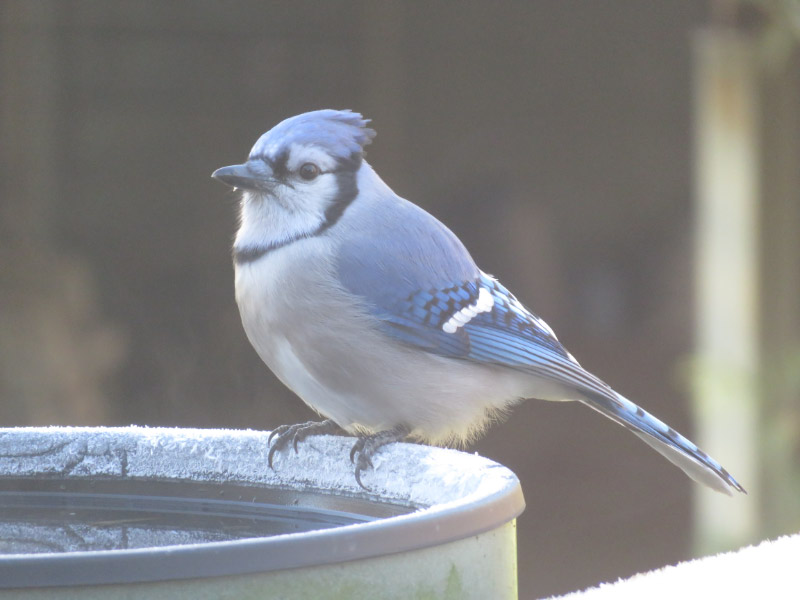Gleanings of the Week Ending November 12, 2016
/The items below were ‘the cream’ of the articles and websites I found this past week. Click on the light green text to look at the article.
How well are the world’s rivers protected? – The HydroSHEDS dataset includes high-resolution imagery that can be used to assess river quality…measure progress toward conservation targets.
Oregon DOT’s Columbia River Gorge Bus Service a Smashing Success – Something to add to my list of ‘things to do’ when we make our plans to vacation in the Northwest US.
Should birds stay, or should they go? – Some bird trivia…particularly about birds in Alaska.
Interactive: See How Global Health Has Changed Since You Were Born – A fun way to learn a bit about the history of global health.
Urban Forests: what city trees do for us and what we should do for them – Trees in the city...cost effective and good for our psyches too.
Wild cat brains: An evolutionary curveball – Cats are different….the size of their frontal lobes is linked to their social natures in a different way that people and monkeys. Cheetahs (social cats) have small frontal lobes and leopards (solitary cats) have large ones.
Jumping Worms: The creepy, damaging invasive you don’t know – I saw this article and have now see other reference to this invasive species. Aargh! I looked at worm pictures from our Belmont Bioblitz and was relieved that the worms we found were not this species!
Significant Bronze Age city discovered in norther Iraq – A dig only 45 kilometers from territory controlled by Islamic State!
The Lost History of South Africa – Rock art of the San people...older than the cave site in France.
How each one of us contribute to Artic sea ice melt – For example - The carbon dioxide emission for each seat on a return flight from London to San Francisco causes five square meters of Arctic sea ice to disappear.


